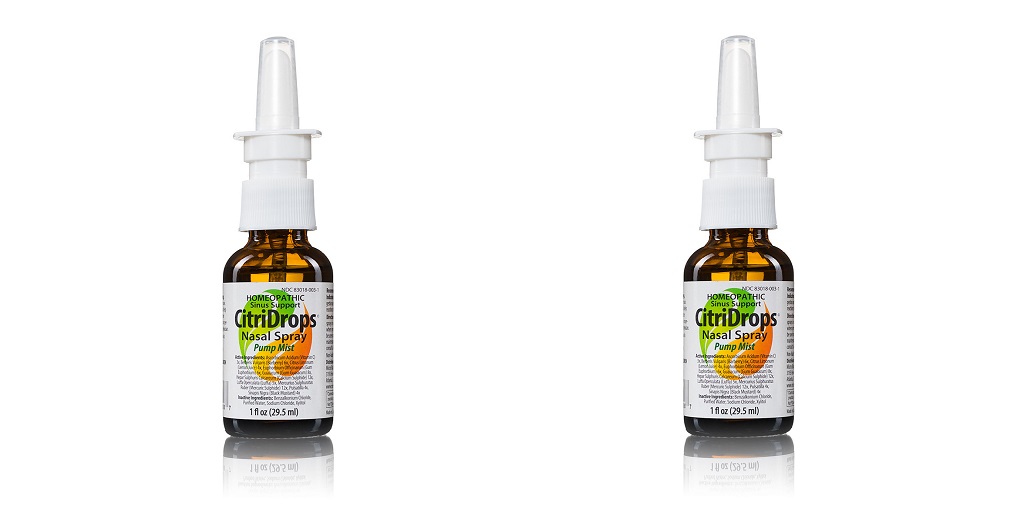Do your sinuses act up whenever you spend some time in a damp room or after a rainy season? If your nose is stuffy, your head feels heavy, and you can’t stop sneezing, you might be dealing with more than a simple allergy. Mold-related sinusitis is very real, and it’s a lot more common than most people think. To that end, here’s how to breathe easy again:
What Exactly Is Mold-Related Sinusitis?
Mold-related sinusitis happens when your sinuses react to mold spores in the air. Mold is wily: it thrives in warm, moist places such as bathrooms, basements, and even air vents. When you breathe in those tiny spores, your immune system might go into overdrive, leading to inflammation, congestion, and all the uncomfortable symptoms of sinusitis.
Unlike typical sinus infections caused by viruses or bacteria, mold-related sinusitis can linger and keep coming back. That’s because the source – the mold – is often still around, hiding in plain sight. Your sinuses never really get a break.
Spotting the Symptoms Before They Spiral
How do you know if mold is to blame in the first place? The symptoms are similar to regular sinusitis but tend to last longer and may be worse in certain environments. If you’re constantly stuffed up, have facial pressure, headaches, post-nasal drip, or feel like your senses of smell and taste are dulling, mold could be behind it. If these symptoms flare up at home or work and ease up when you’re away, that’s another clue.
Fatigue is also a big one. Breathing in mold spores doesn’t just irritate your sinuses – it can wear your entire body down. That constant inflammation can drain your energy and make you feel as though you’re running on empty.
Why Mold Loves to Hang Around
Mold needs moisture in order to grow. It feeds on things like wood, drywall, and fabric – basically anything porous that stays damp. A small leak, high humidity, or even poor ventilation can turn your home into a breeding ground. The worst part is that you might not even see the mold: it can hide behind walls, under carpets, and inside HVAC systems.
Because of this, identifying and eliminating the source is key. Otherwise, even the best treatments will only offer temporary relief.
How to Fight Back and Feel Better
To get rid of mold-related sinusitis, you need a two-pronged approach: tackling both the symptoms and the mold itself.
First off, it’s important to see an ENT or allergy specialist. They might recommend nasal irrigation, corticosteroids sprays, or even antifungal treatments depending on your case.
If you’ve tried all kinds of nasal sprays and still suffer from chronic sinus inflammation, then it might be time to try something different. CitriDrops Nasal Spray from Micro Balance Health Products is an ENT-designed homeopathic nasal spray that is specifically formulated for mold-related sinusitis. In addition to targeting the fungal cause of most chronic sinusitis, it helps clear nasal passage invaders before they can reach and infect the sinuses. It’s also free from steroids, drugs, or chemicals and non-habit forming.
However, don’t just stop at treating the symptoms – get serious about your environment, too. Start by improving ventilation in moisture-prone areas such as the bathroom and kitchen. If your indoor humidity is above 50%, it may be helpful to use a dehumidifier. Finally, fix any leaks, clean air filters regularly, and consider having a professional mold inspection if your symptoms persist.
Mold-related sinusitis is frustrating, but you don’t have to live with it. With the right approach, you can treat your symptoms, clean up your space, and finally breathe easy again.
For more information about Mold Candles and Electrostatic Fogger Please visit: Micro Balance Health Products.
